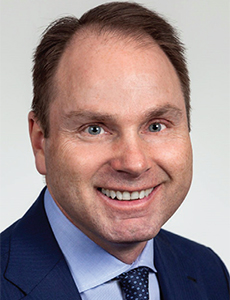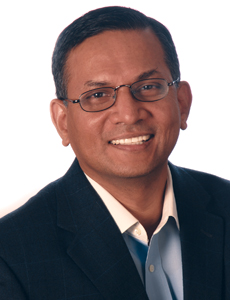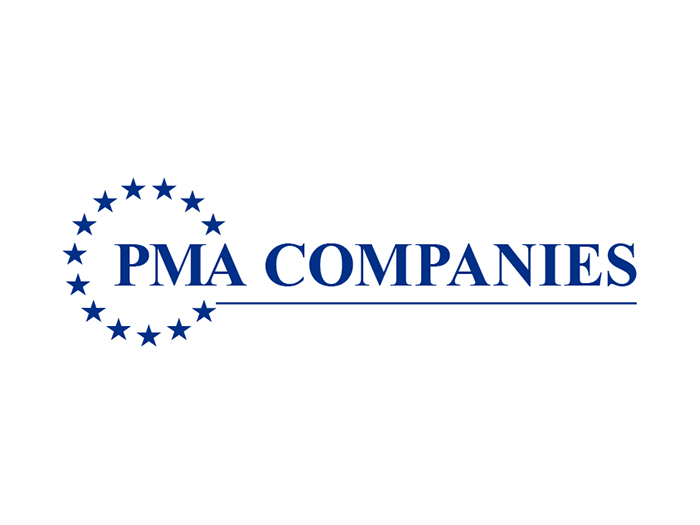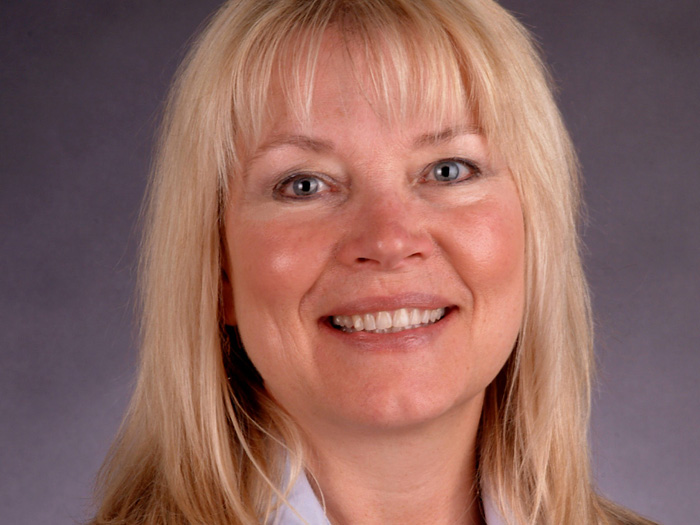Technology
New Role for Insurers

Emerging technologies may plausibly disrupt the insurance industry as we know it.
Futurists and insurance experts predict the industry will see changes, from product design, pricing, underwriting and adjusting claims to the skill-sets sought in employees and boards of directors.
Four issues will lead change in the industry, said John Cusano, senior managing director, global insurance, Accenture:
- Cyber risk.
- Things and people equipped with networked sensors.
- Data harvested from networked sensors.
- The cloud, which “PC Magazine” defines as “a datacenter full of servers that is connected to the internet.”
The last three items on that list, which collectively constitute the Internet of Things, will provide a much more accurate picture of the exposures, hazards and risks of insured assets than is possible now, said Donald Light, director, North America property/casualty insurance practice, Celent.
Equipped with this broader and deeper understanding of clients’ risk, the insurance industry’s role will shift from insuring risk to protecting it, he said.
“Many insurance brokers and carriers already provide risk assessment and loss control services in the limited form of one-time or periodic assessments,” Light said.
“With the new technologies, carriers will have the ability to continuously monitor risks and ask policyholders to take actions to prevent losses.”
Changing Role for Insurers
“Some insurers will get very connected and play a meaningful role in monitoring, deploying and incenting use of technologies,” said Cusano. “They’ll still help with financial backing if something goes wrong, but their real purpose will be to help clients have less risk.”
For example, he said, modern ships are equipped with thousands of sensors. In case of a leak or flood, the broker or carrier could help correct it and prevent damage to the vessel or its inventory. In bad weather, the carrier could divert the route and manage arrival expectations with the factory or retailer at the destination dock.
“The whole world of goods and factories and retail could be transformed by real-time data on the state of transportation,” Cusano said.
“Every little asset can be sensor- and wireless communication-enabled,” said Anand Rao, partner at PwC analytics and global co-lead for Future of Insurance 2020.
In a manufacturing setting, sensors on pipes, boilers, generators or other equipment could measure pressure, temperature or humidity, for example, and transmit the information to a data collector, which builds predictive models from aggregated data collected from many similar assets.
If, say, the pressure in a machine reaches unsafe levels, the data triggers preventive maintenance.
“That data has implications for insurers and brokers because it enables them to move from writing claims from an event to preventing the event,” Rao said.
“If carriers take on that role,” said Rao, “will they partner with tech companies? If brokers do it, will they partner with carriers?”
By taking a hands-on role in monitoring sensors, Cusano said, carriers would know the sensors are working from the date of installation, not just that they’re installed.
For example, a carrier might offer a discount on premiums to incent an insured restaurant to install sensors to monitor for flood, fire, air conditioning and other risks, and then preserve the discount as use of the sensors continues.
Uses for network-enabled sensors cross industry lines, with applications including intelligent highway infrastructures, intelligent connected buildings, and fleet operations with driverless trucks and road trains connected through a variety of technologies.
User adoption is another unknown, said Rao. “Just because they have a cool new gadget, clients won’t necessarily use it.”
If only 1 percent or 2 percent of clients adopt, insurance companies won’t invest in the technology. But if 15 percent do, “they’ll start getting into the game,” partnering with vendors that offer the desirable technology, testing the waters with pilot programs and then working with brokers to see how their clients can use it.
Carriers that retain the more traditional role of pure financial insurance will “take a more niche or secondary position,” Cusano said.
And hesitation to enter new roles can be perilous, said Jim Carroll, a futurist who speaks and writes frequently on financial and business matters.
“Speed of innovation and change will decide the winners and losers as the insurance industry shifts to Silicon Valley,” he said.
“Who is developing driverless cars? Apple. Google. The tech companies aren’t just tech companies. They’re financial institutions and entertainment companies and transportation companies.”
This shape-shifting of tech companies into unrelated industries makes it hard to assess future risk, Carroll said, but the companies that do it faster will have the advantage, and those that don’t do it at all risk obsolescence.
“The real risk is new competitors who think and do differently.”
Changing Profiles
To thrive, Carroll advises insurance companies to become like the companies that are upsetting the business model.
“Go out there and hire people you don’t like, people who aren’t like you,” he said.
Hire the Elon Musks, people untrammeled by “caution and conservatism,” although he conceded such individuals are more likely to start their own companies than become employees of an existing one.
“Speed of innovation and change will decide the winners and losers as the insurance industry shifts to Silicon Valley.” — Jim Carroll, a business futurist.
Paul Kovacs, executive director, Institute for Catastrophic Loss Reduction in Toronto, and president and CEO of the Property and Casualty Insurance Compensation Corp., isn’t quite so quick to ring the death knell on traditional insurance companies.
“The insurance industry copes with rapid change well,” he said.
Although individual companies will struggle with rapid behavior change, there will still be a need for risk pooling and risk management. “Risks aren’t getting smaller. The industry as a whole will do well.”
As torrents of data from network sensors flood insurance companies — and they become more tempting targets to hackers seeking to steal sensitive information or disrupt operations — they will hire more mathematically minded people, said Mark Moitoso, analytics practice leader, Lockton.
“Companies will invest more resources in analytics. They’ll hire more statisticians and data scientists to translate large quantities of data into actionable insights, and then company leaders and underwriters can use that information to make more informed decisions about transactions,” Moitoso said.
That future has been here for a while, said his colleague, Justin VanOpdorp, chief analytics officer, Lockton, but current analytics pale in comparison to the future “volume, variety and velocity of information that’s coming. We’ll have opportunities to get at more and better information faster than in the past.”
Cyber security
Data security when it’s collected, transmitted and stored is the biggest issue facing companies that depend on the Internet of Things, said Alan Dayley, research director, Gartner, who covers information governance, archiving, and storage management software.
Unencrypted data from Internet of Things devices are vulnerable to interception as they travel across wireless communications networks from devices to data stores, Dayley said.
The Internet of Things still lacks standard protocols around how data should be encrypted and transmitted, said PwC’s Rao, and the industry should expect more regulation as the technology catches on.
“The Internet of Things is more risky than laptops and mainframes just because of the volume. We’re looking at a large number of devices communicating huge amounts of data.”
Although this risk is substantial for those using connected devices, it’s an opportunity for insurers to monitor and manage the risk.
But make sure your client company fully grasps its cyber risk, said Carroll, the futurist. Cyber risk and cyber security are governance issues, he said, both for insurance companies and the organizations whose risks they insure.
“If I were the CEO of an insurance company, I wouldn’t insure an organization that didn’t have a well-qualified member on its board of directors who understands the scope and depth of cyber security.”













